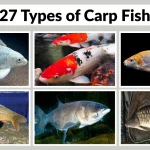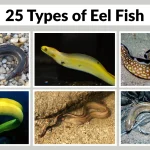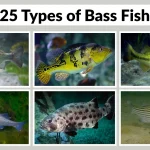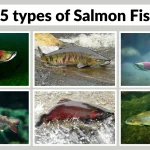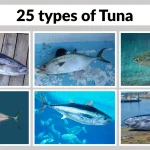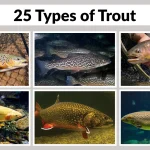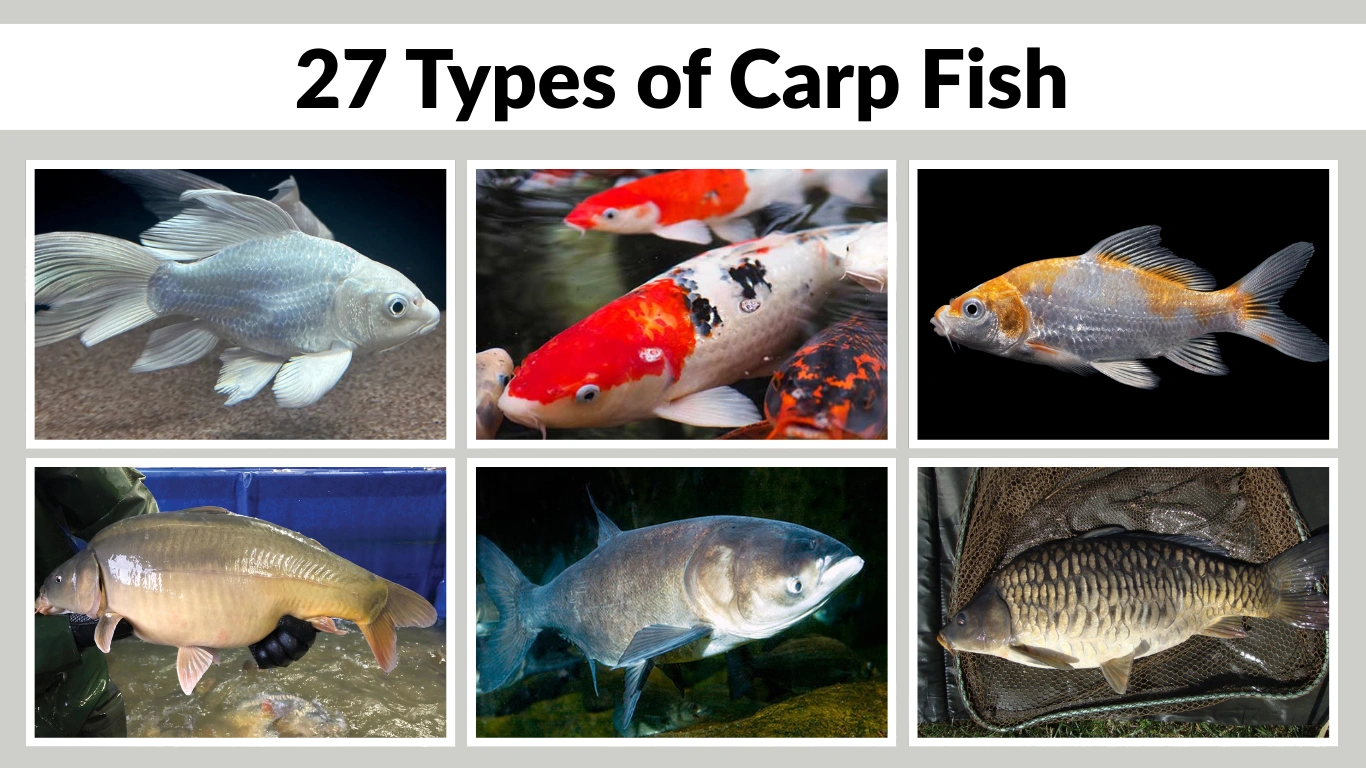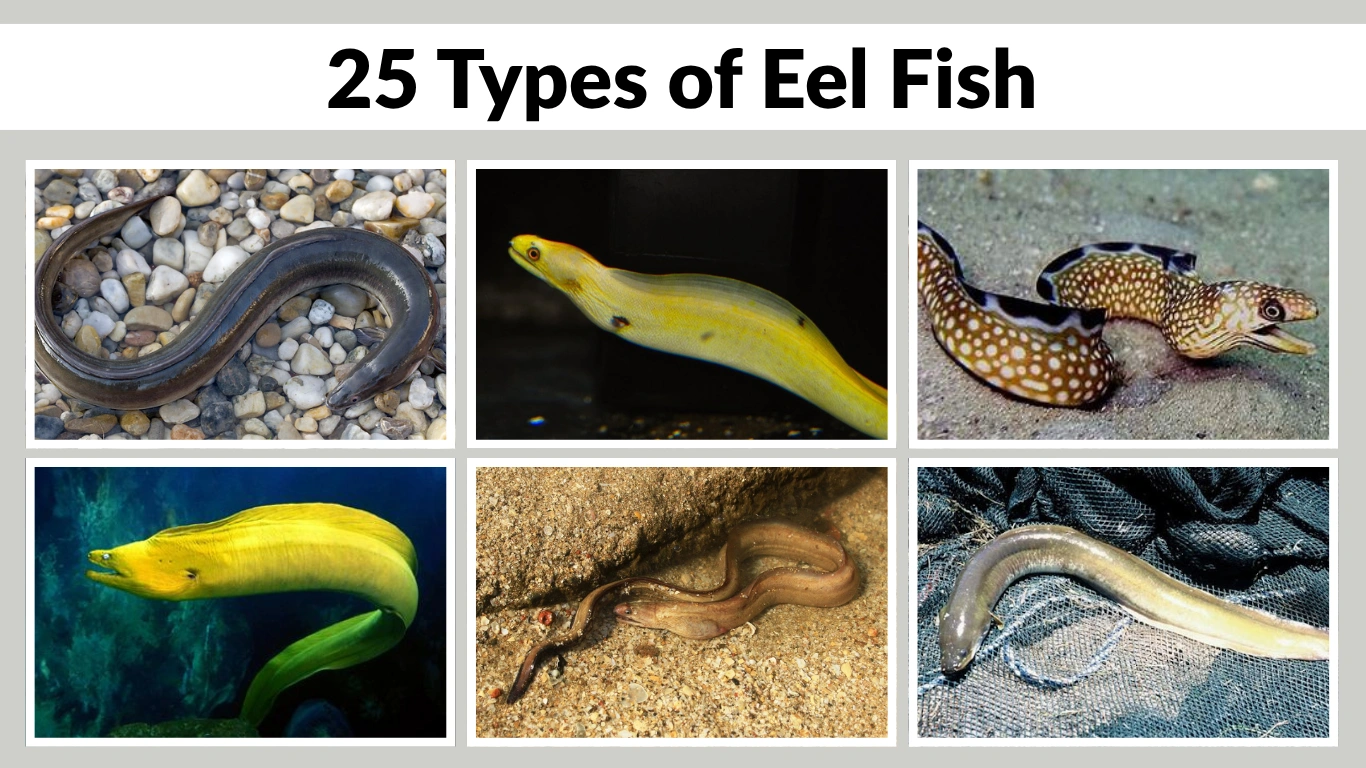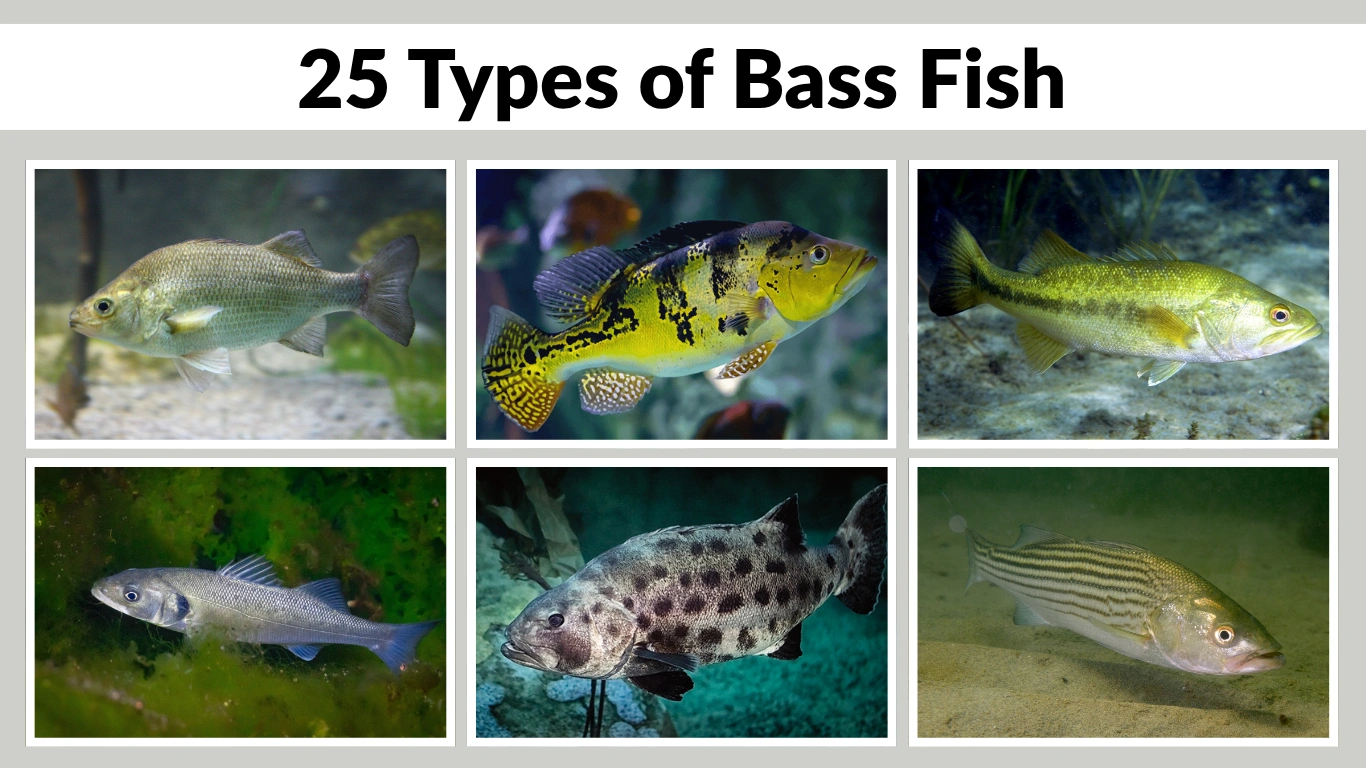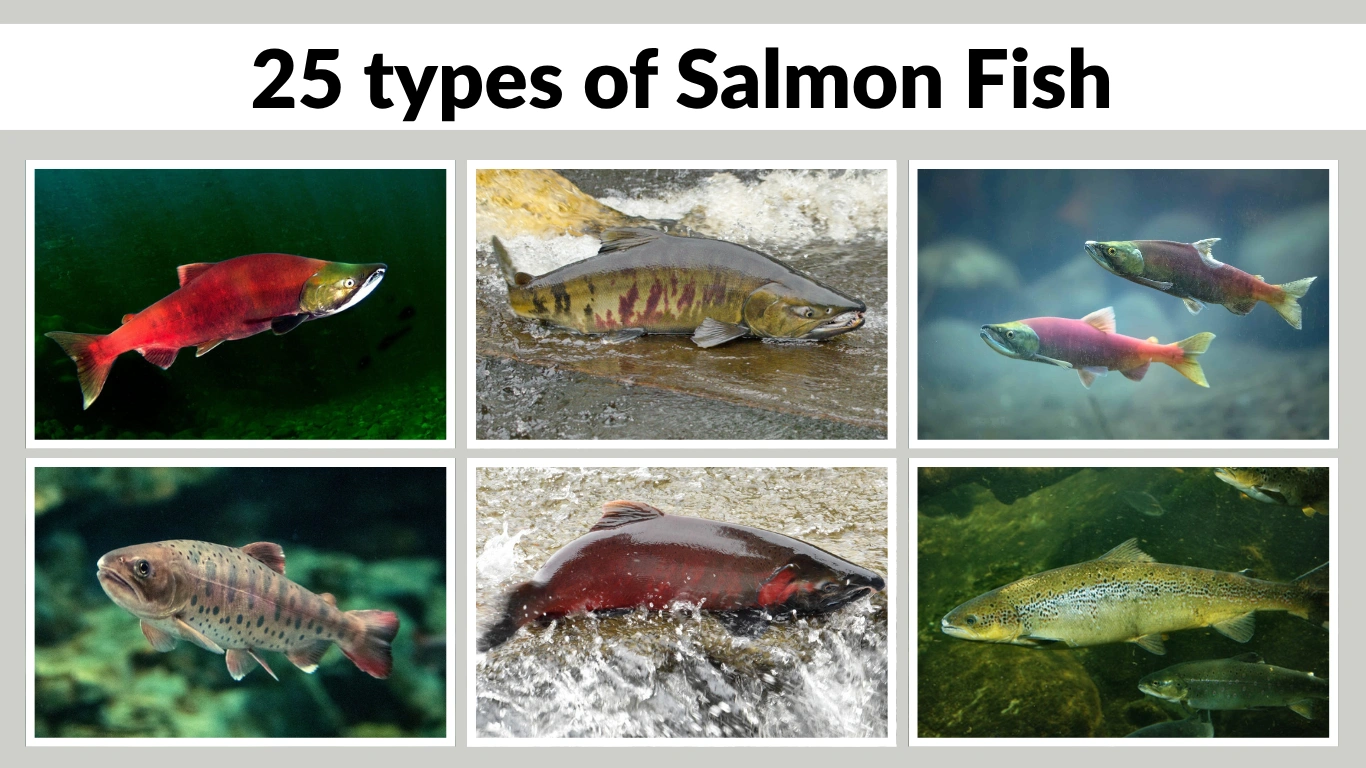Animals whose names begin with the letter Q are rare but remarkably diverse, ranging from colorful tropical birds to unique mammals, reptiles, and even fascinating marine species. Found across various habitats worldwide, each one has distinct traits and ecological roles. In this list, we’ll explore 60 common animals that start with Q, grouped into categories to highlight their uniqueness, habitats, and importance in nature.
Mammals that Start with Q

Mammals beginning with the letter Q are a fascinating mix of marsupials, bats, rodents, and even rare subspecies of larger animals. Found in various parts of the world, they range from adorable small creatures like the quokka to the unique Qinling panda. Each has distinctive traits and ecological roles worth exploring.
1. Quokka
The quokka is a small marsupial native to Western Australia, often called the “world’s happiest animal” because of its friendly appearance. It is part of the kangaroo family and feeds mainly on grasses and leaves.
Quokkas are nocturnal and highly social, living in groups. They are herbivores and play a role in seed dispersal. Their limited range makes them vulnerable to habitat loss and introduced predators.
2. Quoll
Quolls are carnivorous marsupials found in Australia and New Guinea. They have spotted coats, sharp teeth, and a diet that includes insects, small mammals, and birds.
They are solitary hunters and primarily nocturnal. Sadly, many quoll species are endangered due to habitat destruction and competition from invasive species like cats and foxes.
3. Queensland Tube-nosed Bat
This fruit bat is native to rainforests in Queensland, Australia, and is recognized by the unusual tube-like nostrils protruding from its face. It feeds mainly on fruit and nectar.
The species plays an important role in pollination and seed dispersal. Its unique nose structure is thought to enhance its sense of smell when locating ripe fruit at night.
4. Qinling Panda
The Qinling panda is a rare subspecies of the giant panda found only in China’s Qinling Mountains. It has a lighter brown and tan coat instead of the typical black-and-white pattern.
It feeds almost entirely on bamboo but will occasionally eat other plants. Conservation efforts are crucial for this subspecies due to its very small population and limited range.
5. Queen Alexandra’s Flying Fox
One of the largest species of fruit bat, the Queen Alexandra’s flying fox has a wingspan that can reach up to 1.5 meters. It inhabits forests in the Solomon Islands.
It feeds on fruit, playing a major role in spreading seeds. These bats roost in large colonies and are threatened by habitat loss from logging and farming.
6. Quebec Squirrel
The Quebec squirrel is a regional variant of the eastern gray squirrel, commonly found in the Canadian province of Quebec. It is adaptable to both urban and forested environments.
It feeds on nuts, seeds, and fruits, storing food for the winter months. Its agility and climbing skills help it escape predators and forage efficiently in all seasons.
Birds that Start with Q

Birds beginning with the letter Q include colorful tropical species, graceful songbirds, and game birds found across the world. Some are known for their striking plumage, while others are valued for their melodic calls or role in ecosystems. They range from small, quick fliers to larger, more robust species adapted to varied habitats.
7. Quail
Quails are small, plump game birds found in grasslands and farmlands across many continents. They have short, rounded wings and are known for their quick, darting flight.
They feed on seeds, grains, and insects. Quail are important for pest control and are also farmed for their meat and eggs, making them economically significant.
8. Quaker Parrot
Also called the monk parakeet, the Quaker parrot is a small, bright-green parrot native to South America. It is popular as a pet for its playful nature and ability to mimic human speech.
In the wild, Quaker parrots build large, communal stick nests in trees or utility poles. They are intelligent and adaptable, thriving in both rural and urban environments.
9. Quetzal
The resplendent quetzal is a vibrant bird native to Central America’s cloud forests. Males are famous for their long, flowing tail feathers and brilliant green and red plumage.
Quetzals feed mainly on fruit, especially wild avocados. They hold cultural importance in Mesoamerican history and are a symbol of beauty and freedom in several countries.
10. Quail Finch
The quail finch is a small, ground-dwelling bird native to Africa. It has a short, conical beak suited for eating seeds and a compact, agile body.
These birds are often kept in aviaries for their attractive patterns and peaceful temperament. In the wild, they forage in grasslands and savannas, often in small flocks.
11. Queen Whydah
The queen whydah is a small African songbird known for the male’s impressive long tail feathers during breeding season. Outside the breeding season, both sexes look similar and less ornate.
They feed mainly on seeds but can also consume insects. The species is a brood parasite, laying its eggs in the nests of other finches.
12. Queensland Regent Bowerbird
This striking bird is native to Queensland, Australia, and is known for the male’s vivid yellow and black plumage. Males build intricate structures, called bowers, to attract females.
They feed on fruits, insects, and nectar. Their bowers are decorated with colorful objects, showing the species’ remarkable courtship behaviors and intelligence.
Reptiles and Amphibians that Start with Q

Reptiles and amphibians beginning with the letter Q are rare but fascinating, often endemic to specific regions. These creatures range from ancient fish-like amphibians to agile lizards and unique turtles. Many have adapted to specialized habitats, making them important indicators of environmental health and biodiversity.
13. Queensland Lungfish
The Queensland lungfish is a living fossil found in Australia’s rivers, with a history dating back over 100 million years. It can breathe through both gills and a single lung.
It feeds on small invertebrates, crustaceans, and plant matter. This species is critically important for evolutionary studies due to its ancient lineage and unique respiratory system.
14. Queensland Snake-necked Turtle
This freshwater turtle, native to Queensland, Australia, has an exceptionally long neck that it uses to quickly strike at prey. Its neck can be as long as its shell.
It feeds on fish, insects, and crustaceans. The species prefers slow-moving rivers and wetlands and is known for its defensive behavior of emitting a foul-smelling liquid when threatened.
15. Quinkan Skink
The Quinkan skink is a small, ground-dwelling lizard found in the rocky areas of northern Queensland. It has a slender body and smooth scales.
It feeds mainly on small insects and spiders. This skink is adapted to hot, dry environments and is active during the day, often basking on warm rocks.
16. Queensland Tree Frog
The Queensland tree frog is a bright green amphibian with large toe pads for climbing. It inhabits rainforests, wetlands, and suburban gardens in Queensland.
It feeds on insects, including mosquitoes, and is active at night. This species is important for insect control and as an indicator of ecosystem health.
17. Queensland Python
The Queensland python refers to regional variants of the carpet python found in eastern Australia. These non-venomous snakes can grow several meters long.
They feed on mammals, birds, and reptiles, killing prey by constriction. Known for their calm nature, they are sometimes kept as pets by experienced reptile keepers.
18. Queensland Water Dragon
The Queensland water dragon is a large, semi-aquatic lizard found along creeks and rivers in eastern Australia. It has strong limbs, a long tail, and excellent swimming ability.
It feeds on insects, small fish, and plant matter. When threatened, it can dive into the water and remain submerged for long periods.
Fish that Start with Q

Fish beginning with the letter Q inhabit both freshwater and marine environments, ranging from colorful reef dwellers to large predatory species. Many are prized by anglers or admired in aquariums for their beauty. They play important roles in aquatic ecosystems, maintaining balance by controlling prey populations and contributing to coral reef health.
19. Queen Angelfish
The queen angelfish is a brightly colored reef fish found in the tropical waters of the western Atlantic Ocean. Its body glows in shades of blue, yellow, and green.
It feeds on sponges, algae, and small invertebrates. Popular in the aquarium trade, this species is also an important part of coral reef communities.
20. Queen Triggerfish
The queen triggerfish is a striking, diamond-shaped fish with vivid blue and green hues, found in the Atlantic Ocean. It has strong jaws for crushing hard-shelled prey.
It feeds on sea urchins, crustaceans, and mollusks. Known for its bold behavior, it can be territorial, especially during breeding season.
21. Queensland Grouper
The Queensland grouper, also called the giant grouper, is one of the largest reef-dwelling fish in the world, capable of reaching over 8 feet in length.
It feeds on fish, crustaceans, and even small sharks. Found in the Indo-Pacific region, it is a protected species due to overfishing in the past.
22. Queen Snapper
The queen snapper is a deepwater fish with a long, slender body and a bright red coloration. It is found in the western Atlantic and Gulf of Mexico.
It feeds on smaller fish and squid. Highly valued for its taste, it is targeted by both commercial and recreational fisheries.
23. Queensland Blenny
The Queensland blenny is a small, reef-dwelling fish found along Australia’s eastern coastline. It is known for its curious, bold nature.
It feeds on algae and small invertebrates. With its playful swimming style, it is sometimes kept in saltwater aquariums.
24. Quillback Rockfish
The quillback rockfish is a long-lived species found in the North Pacific. It has distinctive sharp dorsal spines and mottled coloration for camouflage.
It feeds on crustaceans and small fish. This species is slow to reproduce, making it vulnerable to overfishing and habitat loss.
Insects that Start with Q

Insects beginning with the letter Q are not very common, but they include some of the most striking butterflies, moths, and beetles in the world. Many of these species are important pollinators, while others have unique behaviors or ecological roles. Their names often reflect their beauty, rarity, or the regions they inhabit.
25. Queen Alexandra’s Birdwing
The queen Alexandra’s birdwing is the largest butterfly in the world, with females reaching wingspans over 11 inches. It is found only in Papua New Guinea.
This butterfly feeds on nectar from rainforest flowers and plays a role in pollination. Due to habitat destruction, it is considered endangered and strictly protected.
26. Queen Butterfly
The queen butterfly is a close relative of the monarch and is found in the Americas. It has rich brown wings with white spots along the edges.
It feeds on milkweed plants, which make it toxic to predators. Its graceful flight and beauty make it a favorite among butterfly watchers.
27. Quaker Moth
The quaker moth is a common species in Europe, named for its subdued wing patterns and colors. It is active mainly in early spring.
It feeds on leaves of various deciduous trees. Its cryptic coloration helps it blend into bark and foliage, avoiding predators.
28. Quinine Bug
The quinine bug is a small insect known for feeding on cinchona trees, which produce quinine, a substance historically used to treat malaria.
It uses piercing mouthparts to suck plant sap. Though not well-known, it is an example of a species closely tied to a medicinal plant.
29. Queensland Tiger Beetle
The Queensland tiger beetle is a fast, predatory beetle found in Australia. It has metallic green or bronze coloring with distinctive pale spots.
It hunts other insects with impressive speed and agility. Tiger beetles are known for their excellent vision and active daytime hunting.
30. Quill Moth
The quill moth is a delicate moth with narrow wings that resemble the shape of a quill feather. It is found in various parts of the tropics.
It feeds on nectar and is often active at night. Its slender wings give it a unique, elegant appearance among moths.
Arachnids and Other Invertebrates that Start with Q

Arachnids and other invertebrates beginning with the letter Q are uncommon but intriguing. They include unique spiders, crustaceans, and mollusks, many of which are region-specific. These species often play vital roles in their ecosystems, whether as predators controlling insect populations or as a food source for larger animals.
31. Queensland Huntsman Spider
The Queensland huntsman spider is a large, fast-moving arachnid found in Australia. It is known for its impressive leg span and speed.
Despite their intimidating size, huntsman spiders are not dangerous to humans. They help control insect populations by hunting cockroaches, moths, and other pests.
32. Queensland Redback Spider
A venomous species native to Australia, the Queensland redback spider is closely related to the black widow. It has a shiny black body with a distinctive red stripe on its abdomen.
It spins messy webs in sheltered areas and feeds on insects and small animals. Caution is advised when encountering this spider due to its potent venom.
33. Queen Scallop
The queen scallop is a small, colorful bivalve mollusk found in the northeast Atlantic Ocean. Its shell is beautifully patterned with shades of pink, orange, and brown.
It is an important seafood species in some regions. Queen scallops are filter feeders, helping to keep the water clean by removing plankton and debris.
34. Queensland Mud Crab
The Queensland mud crab is a large, strong-shelled crustacean found in estuaries and mangroves along Australia’s coast. It is prized for its sweet, tender meat.
It feeds on mollusks, fish, and plant matter. Mud crabs are an important part of both the local ecosystem and the seafood industry.
35. Quagga Mussel
The quagga mussel is a freshwater bivalve originally from Eastern Europe, now invasive in North America. It has a striped shell similar to that of the zebra mussel.
It can rapidly colonize lakes and rivers, clogging water pipes and disrupting native ecosystems. Control efforts are ongoing in affected regions.
36. Queensland Spiny Lobster
The Queensland spiny lobster is a large crustacean with long antennae and a hard, spiny shell. It is found in tropical waters around Australia.
It feeds on mollusks, crustaceans, and carrion. Highly valued in the seafood trade, it is also important for coral reef health as part of the predator-prey balance.
Marine Animals that Start with Q

Marine animals beginning with the letter Q are often colorful reef dwellers or fascinating ocean predators. Found in tropical and temperate seas, many are prized by divers and marine biologists for their beauty and unique behaviors. They contribute to the balance of marine ecosystems, from maintaining coral reef health to serving as key prey or predators.
37. Queen Conch
The queen conch is a large marine mollusk found in the Caribbean Sea. Its pink-lipped shell is highly recognizable and valued for decoration.
It feeds on algae and detritus, helping keep seagrass beds healthy. Overharvesting has made conservation measures necessary in many areas.
38. Queen Parrotfish
The queen parrotfish is a brilliantly colored reef fish found in the Atlantic Ocean and Caribbean Sea. It has a parrot-like beak used for scraping algae from coral.
By feeding on algae, it helps prevent coral overgrowth, supporting reef ecosystems. Its vivid blues, greens, and pinks make it a favorite among divers.
39. Queensland Coral Grouper
The Queensland coral grouper is a reef-dwelling fish with bright orange-red coloring covered in small blue spots. It is found in the Great Barrier Reef.
It feeds on smaller fish and crustaceans. This species is important to both commercial fisheries and marine biodiversity.
40. Queensland Seahorse
The Queensland seahorse is a small, delicate marine fish that clings to seagrass and coral with its prehensile tail. Males carry and give birth to the young.
It feeds on tiny crustaceans and plankton. Seahorses are vulnerable to habitat loss, making seagrass protection vital for their survival.
41. Queen Croaker
The queen croaker is a silvery fish found in coastal waters of the eastern Pacific. It gets its name from the croaking sound it produces by vibrating its swim bladder.
It feeds on shrimp, small fish, and other invertebrates. It is an important species for small-scale coastal fisheries.
42. Quillfish
The quillfish is a slender, elongated deep-sea fish with a sharp, pointed tail fin resembling a quill. It is found in the North Pacific Ocean.
Its nocturnal habits and deepwater habitat make it rarely seen by humans. It feeds on small crustaceans and other deep-sea organisms.
Exotic and Rare Animals that Start with Q

Exotic and rare animals beginning with the letter Q are often found in limited habitats and are prized for their unusual features. Many are either endangered or have restricted ranges, making them fascinating subjects for conservationists and wildlife enthusiasts. Their unique adaptations help them survive in specialized environments.
43. Quokka
The quokka is a small, smiling marsupial native to Rottnest Island and parts of mainland Western Australia. It is known for its friendly, photogenic nature.
It feeds mainly on grasses, leaves, and stems. Due to its limited range and vulnerability to predators, the quokka is a protected species.
44. Quoll
The quoll is a carnivorous marsupial native to Australia and New Guinea, with distinctive spotted fur. It is an agile predator of insects, birds, and small mammals.
Habitat loss and invasive predators have led to population declines. Conservation breeding programs aim to restore quoll numbers in the wild.
45. Quinkan Rock Wallaby
The Quinkan rock wallaby is a rare species found in rocky escarpments of Queensland, Australia. It is adapted to leaping across rugged terrain.
It feeds on grasses, leaves, and fruits. Its restricted range makes it vulnerable to habitat disturbance and climate change.
46. Qinling Panda
The Qinling panda is a rare subspecies of the giant panda with a unique light-brown and tan coat. It is found only in China’s Qinling Mountains.
It feeds almost entirely on bamboo. Due to its small population and habitat limitations, it is a high-priority species for conservation.
47. Queen of Sheba Orchid Moth
This rare moth is named after the Queen of Sheba orchid, which it pollinates. It is found in specific parts of Western Australia.
It plays a vital role in the orchid’s reproduction. Both the moth and the orchid face threats from habitat loss.
48. Queensland Tube-nosed Bat
The Queensland tube-nosed bat is a fruit bat with distinctive tubular nostrils that enhance its sense of smell. It inhabits tropical rainforests in Queensland.
It feeds on fruit and nectar, aiding in pollination. Its unique appearance and role in rainforest ecology make it an important species.
Domesticated and Farm Animals that Start with Q

Domesticated and farm animals beginning with the letter Q are relatively rare, but some have become well-known due to their usefulness, companionship, or unique traits. These animals may provide food, assist with work, or simply serve as beloved pets. Many also hold cultural or economic significance in different regions of the world.
49. Quail (Domestic Breed)
Domestic quail are small game birds raised worldwide for their eggs and meat. They are hardy and adapt well to both commercial farms and backyard settings.
They feed on grains, seeds, and insects. Quail eggs are prized for their delicate flavor and high nutritional value.
50. Quaker Parrot (Pet Bird)
The Quaker parrot, or monk parakeet, is a small green parrot popular in the pet trade for its intelligence and ability to mimic speech.
In captivity, they thrive on a diet of seeds, fruits, and vegetables. They are social, playful, and can live for over 20 years with proper care.
51. Queen Bee (in Beekeeping)
The queen bee is the sole egg-laying female in a beehive and is essential for the colony’s survival. Beekeepers carefully manage queen bees to maintain healthy hives.
She feeds on royal jelly during development and can lay thousands of eggs in her lifetime. Her pheromones help regulate hive activity.
52. Quarter Horse
The Quarter Horse is a versatile and popular breed developed in the United States, named for its speed in quarter-mile races.
It is used for ranch work, rodeo events, and pleasure riding. Known for its calm temperament and muscular build, it is a favorite among horse owners.
53. Queensland Heeler (Australian Cattle Dog)
The Queensland Heeler, also known as the Blue Heeler, is a hardworking herding dog breed from Australia. It is known for intelligence, endurance, and loyalty.
It helps farmers manage livestock and thrives on active work. With proper training and exercise, it makes a devoted family companion.
54. Quinea Pig (Variant Spelling of Guinea Pig)
The quinea pig, more commonly known as the guinea pig, is a small domesticated rodent kept as a pet and sometimes for meat in certain cultures.
They feed on vegetables, hay, and pellets. Gentle and social, they are popular as children’s pets due to their friendly nature.
Miscellaneous Animals that Start with Q

Miscellaneous animals beginning with the letter Q include a diverse mix from land, sea, and freshwater habitats. These species don’t fit neatly into other groups but are still important to their ecosystems. Some are rare and region-specific, while others are better known to fishermen, researchers, or nature enthusiasts.
55. Queen Loach
The queen loach is a small, brightly patterned freshwater fish found in Southeast Asia’s rivers and streams. Its slender body and vibrant markings make it popular in aquariums.
It feeds on small invertebrates and algae. In the wild, it prefers slow-moving waters with plenty of vegetation for shelter.
56. Queen Snake
The queen snake is a slender, non-venomous snake native to North America. It is olive-brown with a pale stripe along each side of its body.
It feeds almost exclusively on freshly molted crayfish. This species is semi-aquatic, often seen basking near streams and rivers.
57. Quillback Carpsucker
The quillback carpsucker is a freshwater fish found in rivers and lakes across North America. It has a distinctive long, quill-like dorsal fin.
It feeds on algae, insect larvae, and detritus. Known for its peaceful nature, it plays a role in maintaining water quality.
58. Quokkapox Mite
The quokkapox mite is a parasitic mite that affects quokkas, potentially causing skin disease. It is found mainly on Rottnest Island, Australia.
Though tiny, it can have a significant impact on quokka health. Wildlife researchers monitor its spread to protect the vulnerable marsupial population.
59. Quill Spiny Rat
The quill spiny rat is a small rodent found in parts of South America. Its coarse fur contains stiff, quill-like hairs for protection.
It feeds on fruits, seeds, and insects. Being nocturnal, it remains hidden during the day, emerging at night to forage.
60. Queen Danio
The queen danio is a small, fast-swimming freshwater fish native to streams in India and Myanmar. It has shimmering silver and blue stripes along its body.
It feeds on insects, worms, and small crustaceans. Hardy and active, it is a favorite among aquarium hobbyists for its beauty and schooling behavior.

